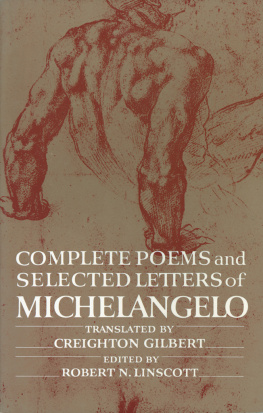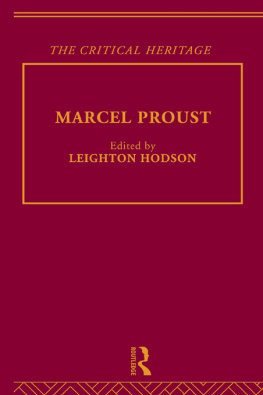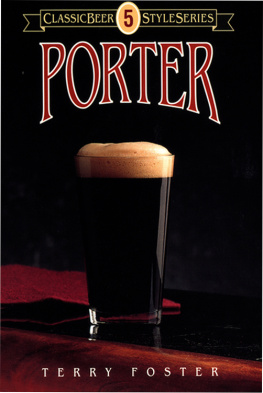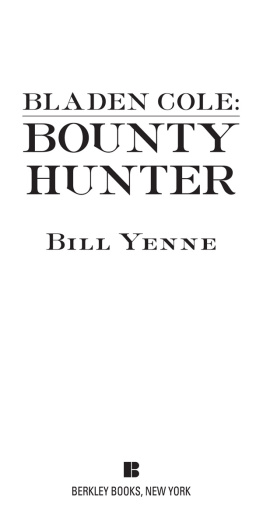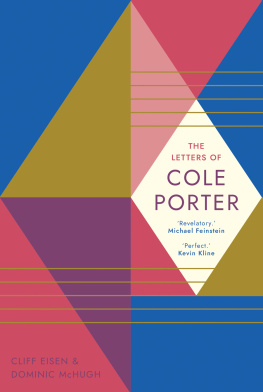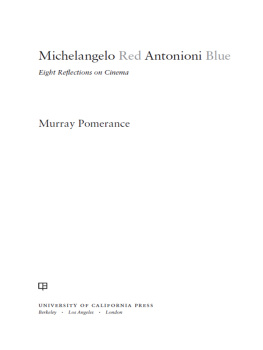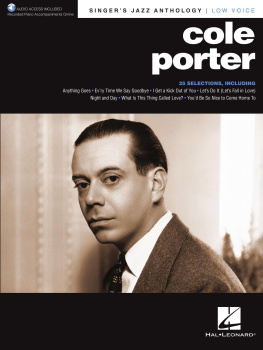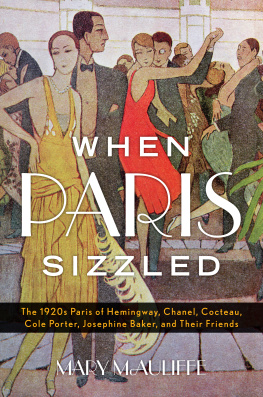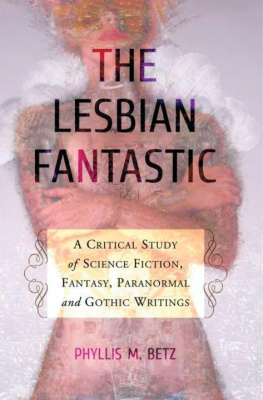ROUTLEDGE LIBRARY EDITIONS: LITERATURE AND SEXUALITY
Volume 5
PROUST, COLE PORTER, MICHELANGELO, MARC ALMOND AND ME
Proust, Cole Porter, Michelangelo, Marc Almond and Me
Writings by Gay Men on Their Lives and Lifestyles from the Archives of the National Lesbian and Gay Survey
National Lesbian and Gay Survey
First published in 1993 by Routledge
This edition first published in 2017
by Routledge
2 Park Square, Milton Park, Abingdon, Oxon OX14 4RN
and by Routledge
711 Third Avenue, New York, NY 10017
Routledge is an imprint of the Taylor & Francis Group, an informa business
1993 National Lesbian and Gay Survey
All rights reserved. No part of this book may be reprinted or reproduced or utilised in any form or by any electronic, mechanical, or other means, now known or hereafter invented, including photocopying and recording, or in any information storage or retrieval system, without permission in writing from the publishers.
Trademark notice: Product or corporate names may be trademarks or registered trademarks, and are used only for identification and explanation without intent to infringe.
British Library Cataloguing in Publication Data
A catalogue record for this book is available from the British Library
ISBN: 978-0-415-78487-0 (Set)
ISBN: 978-1-315-21275-3 (Set) (ebk)
ISBN: 978-0-415-79040-6 (Volume 5) (hbk)
Publishers Note
The publisher has gone to great lengths to ensure the quality of this reprint but points out that some imperfections in the original copies may be apparent.
Disclaimer
The publisher has made every effort to trace copyright holders and would welcome correspondence from those they have been unable to trace.
Proust, Cole Porter, Michelangelo, Marc Almond and me
Writings by gay men on their lives and lifestyles from the archives of the
National Lesbian and Gay Survey NI&GS
First published in 1993 by
Routledge
11 New Fetter Lane, London EC4P 4EE
Simultaneously published in the USA and Canada by
Routledge
29 West 35th Street, New York, NY 10001
1993 National Lesbian and Gay Survey
Phototypeset in Linotron Bembo by Intype, London
Printed and bound in Great Britain by
Mackays of Chatham PLC, Chatham, Kent.
All rights reserved. No part of this book may be reprinted or reproduced or utilized in any form or by any electronic, mechanical, or other means, now known or hereafter invented, including photocopying and recording, or in any information storage or retrieval system, without permission in writing from the publishers.
British Library Cataloguing in Publication Data
A catalogue record for this book is available from the British Library.
Library of Congress Cataloging in Publication Data
A catalogue record for this book is
available from the Library of Congress.
ISBN 0-415-08914-X
This book is a companion volume to the National Lesbian and Gay Survey's earlier anthology What a Lesbian Looks Like. The format is similar, the rules observed in editing the material are the same. However, here all similarity ends. The one factor which unites lesbians and gay men, their attraction to their own gender, is that thing which irrevocably separates them. Although there are meeting points, the lesbian and gay experience is as different as women are from men. Over the years, reading each report that is submitted to NL&GS, it is tempting to make a generalization: a lesbian in coming to terms with her sexuality heads straight for the public libraries while her male counterpart heads straight for the public lavatories. Many women feel that they choose their lesbian sexuality; most men believe they have been gay since birth or early infancy.
Naturally the illegality of sexual acts between men in England and Wales until 1967 - and until later in Scotland and Northern Ireland - and, a quarter of a century later, of acts involving young consenting adults between sixteen and twenty-one years of age colours the male perspective.
The twenty-fifth anniversary of a partially liberating piece of legislation is a time to reflect on the inequalities of existing law. For five years of their adult lives all gay men are supposed to observe a purdah not demanded of their heterosexual counterparts. Where the one is deemed mature and responsible enough to make the commitment of a legal marriage at sixteen, and to father children, the other is deemed so immature and irresponsible that he must be protected by legal statute until he is twenty-one. It has been argued that the law exists to protect the young and vulnerable. As Keith Alcorn has written, 'Young people are vulnerable because of homophobia, not homosexuality.'
Here is the testament of over sixty men, the youngest in his teens, the eldest in his seventies. There is no political 'right-on-ness' in the selection. Indeed, there is material here which might be employed by the lobby opposing reform of the age of consent, together with material supporting this cause. Gay men have nothing to hide. Here are the stories of real people whose emotions have been circumscribed and compromised by law and who have challenged the unjustness of such legislation with their lives.
National Lesbian and Gay Survey
During the 1930s a group of academics attempted to record the feelings and opinions of the person in the street on major issues of the day. Since then Mass-Observation has undergone many vicissitudes due largely to funding, or the lack of it, until it was formalized into a major national project and run from the University of Sussex.
My own involvement with the project began in the early 1980s, Each submission I made was chased up by a handwritten postcard from David Pocock, M-O's prime mover at the time, urging me on. It soon became clear that openly homosexual contributors were thin on the ground. An idea began to burgeon and, in the late summer of 1985, I set up the National Lesbian and Gay Survey in order to redress the balance. Since then lesbian and gay volunteers nationwide have written and submitted reports on a wide range of issues pertinent to lesbian and gay life.
The aims of the project are primarily archival, so that researchers of the future might understand what it was like to live as a homosexual in the late twentieth century. However, it became clear that, because the collection is rich in observation and memory, much of it will be of interest to the reader today. It was that thought which led to these companion anthologies.
I would first of all like to acknowledge the important part played by Professor Pocock in the inspiration he provided during the setting up of the project, and to Dorothy Sheridan who is continuing his sterling work my thanks for her solidarity. I was a working volunteer and a director of the Hall-Carpenter Archives at the time and it was under the auspices of the Archives that NL&GS operated during its early years. I would like to acknowledge the support and encouragement of Julian Meldrum, the Archives' founder, who first drew me into lesbian and gay archiving, and to the Archives' management team, particularly Peter Daniels, Margot Farnham, Oliver Merrington, David Stewart and Matthew Tagney. Thanks must also go to Kate Wilkinson, my co-director from 1985 to 1988, particularly for her input into the creation of directives.


